-

The United Arab Emirates (UAE) has become a significant player in the global steel tubing market, thanks to its robust construction sector and strategic investments in manufacturing. This guide provides an overview of steel tubing in the UAE, covering its types, applications, manufacturing processes, and market trends.
-
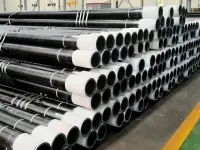
This article will briefly introduce ERW oil casing application and market analysis.
-
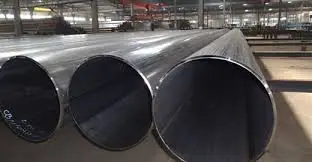
Global crude steel production fell 2.5% year-on-year in July
-

As of the evening of July 10, a total of five listed steel companies released semi-annual performance forecasts: Among them, Sangang Shuguang expects net profit attributable to shareholders of listed companies in the first half of the year to increase by 57.50%~107.50% over the same period of the previous year, amounting to 568 million Yuan to 748 million yuan
-

In response to the US high-tariff measures for steel and aluminum, the European Commission announced on the 26th that it initiated a survey on safeguard measures for imported steel products.
-

As of the 29th, the steel price in June showed a volatile operation. The steel comprehensive price index rose by 0.96% month-on-month. In terms of varieties, the long product price index rose by 1.58%, and the flat steel price index rose by 0.23%. The iron ore composite price index rose by 0.98% month-on-month, basically in line with expectations. Looking ahead to the steel market in July, affected by special events and concerns about domestic macro-levels, the steel market will show a weak and volatile operating situation.
-

Hot-rolled sheets, that is, hot-rolled steel-rolled steel sheets or steel strips, commonly known as hot plates, are usually also written as stencils, such as hot-rolled sheets, but all refer to the same hot-rolled sheet. Refers to a steel plate having a width greater than or equal to 600 mm, a thickness of 0.35-200 mm, and a steel strip having a thickness of 1.2-25 mm. The cold rolled sheet is obtained by rolling a hot rolled coil as a raw material at a recrystallization temperature at room temperature.
-

Although the demand for spiral steel pipes has been shrinking in the process of slowing domestic economic growth, since the beginning of 2019, the four major mines have continued to increase production with the support of lower production costs, and the supply continues to increase. In the first quarter of 2019, the output of the four major mines increased significantly year-on-year. In the second quarter, except for FMG, the output of the other three major mines continued to grow year-on-year. According to the seasonal law, the annual high output will appear in the third quarter, and the medium-term ore supply is likely to maintain a growing trend.
-
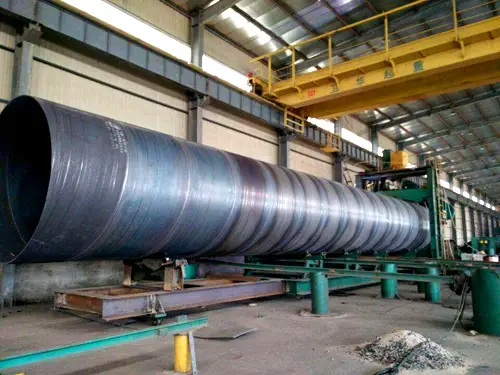
Users who have purchased spiral steel pipes know that there is a certain gap between the prices of each spiral steel pipe manufacturer. Then, according to which factors are the prices of spiral steel pipes determined? The following are some of the factors summarized by the spiral steel pipe manufacturers, you can find out, I hope to help everyone:
-
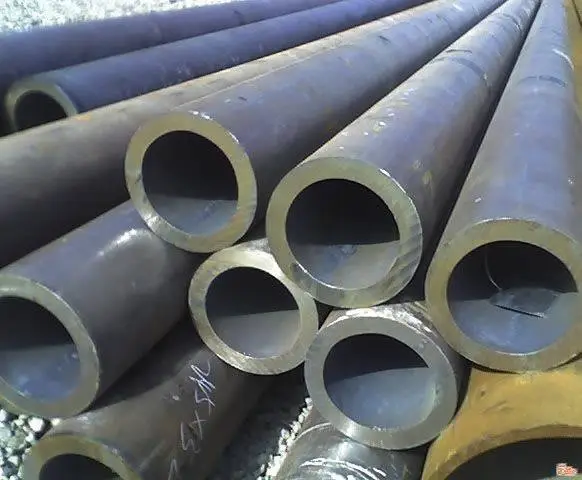
Hyundai Steel Corporation announced on July 9 that the company's H-beam prices will increase from July 18.
-

In July, Korean cold-rolled flat product manufacturers began to increase prices. Among them, South Korea's Eastern Steel has identified new price tags, and other companies such as South Korea's Dongkuk Steel and South Korea's Shiya Group also participated in the price increase.
-
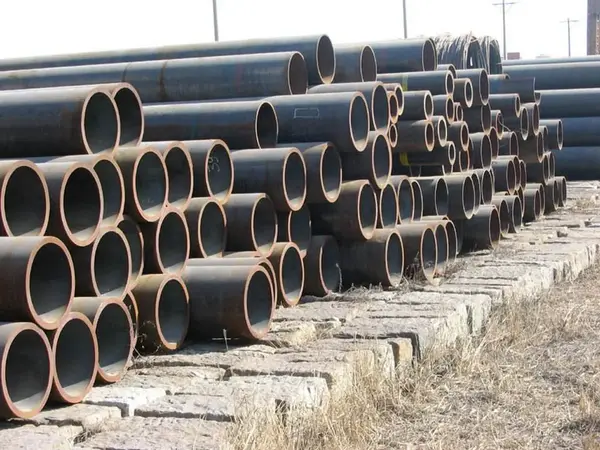
Since June 21, the price of hot rolled coil in the Midwest has remained above US$1,000/ton (up from US$6/ton to US$1009/ton on July 10). This is the price of US steel, represented by hot rolled coil, has once again exceeded $1,000/ton since October 17, 2008.
-

From the overall operation of the steel circulation industry in February, the main steel thick-walled steel pipe market has recovered after the holiday , the downstream orders have increased, the terminal demand has improved, the sales volume of steel trade enterprises has increased, and the steel circulation market activity has increased. From the perspective of supply, in February 2016, the average daily output of crude steel in the key steel enterprises of the China Iron and Steel Association was 1,558,600 tons, which was an increase of 30,200 tons compared with the average daily output of crude steel in January. According to a rough estimate of Lange Steel, the daily output of crude steel increased in February, and since it was only 29 days in February, the crude steel output in February will drop by about 61 million tons.
-
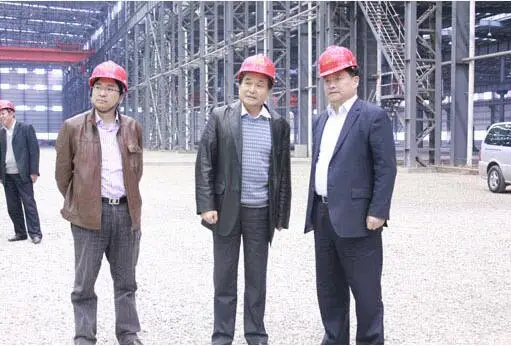
Recently, large domestic steel mills and research institutes have visited the company frequently, and exchanges and inspection activities have further increased.
-

The aim is to introduce high-level innovation and entrepreneurial talents and promote the rapid development of enterprises.
-
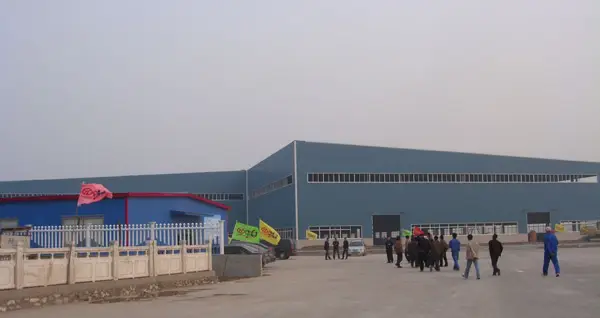
The Φ920 hot-rolled seamless steel pipe production line project with a total investment of more than 1 billion yuan has progressed smoothly since the construction of the “Chengde Metallurgical Industrial Park” in June 2007.
-

Properties of Galvanized Steel Pipe Welds
Galvanizing has been used to protect iron and steel from rusting for over a hundred years in places as diverse as the wire rope used for the suspension cables on the Brooklyn Bridge to gutters on houses. Galvanizing is simply coating of zinc over steel. Like paint, galvanizing protects steel from rusting by forming a barrier between the steel and the environment, but galvanizing goes one giant step further than paint — it also provides electrochemical protection of the steel. Since zinc is electrochemically more reactive than steel, it oxidizes to protect the steel near it; as a result, even if a galvanized steel surface is scratched down to the bare steel, the galvanizing coating will prevent the steel from rusting. Galvanized steel is, therefore, a superior product to steel with any other type of coating on it since it protects the steel even when the coating is damaged in handling or in service.
-

The corrosion resistances of enamel-coated steel pipe in 3.5 wt% NaCl solution was evaluated and compared with those of epoxy-coated pipe using open-circuit potential, linear po- larization resistance, and electrochemical impedance spectros- copy tests.
-
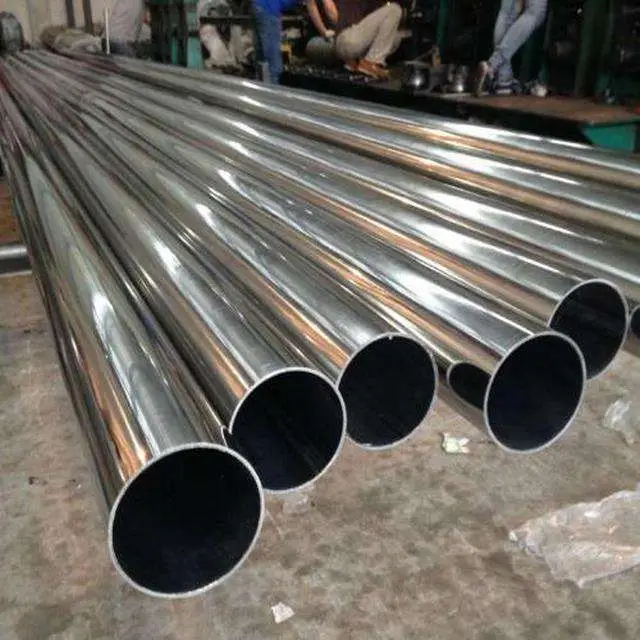
Heat treatment (or heat treatment) is a group of industrial and metal processing processes used to alter the physical properties of materials, sometimes chemical properties. Heat treatment of steel can be defined as the application of heat to change the properties or state of the steel. The heat can be measured by the temperature of the steel to be treated. The temperature can be cold or hot when touched, so the process temperature range can range from very cold to very hot. Alternatively, in terms of temperature, the range can be from cold negative temperature to hot addition temperature.
-

The difference between the so-called stainless steel seamless steel pipe and the carbon steel seamless steel pipe mainly refers to the difference in design rules between stainless steel and carbon steel, that is to say, the design rules of the two steels are not universal. The differences between 27simn seamless tubes are summarized as follows:
-
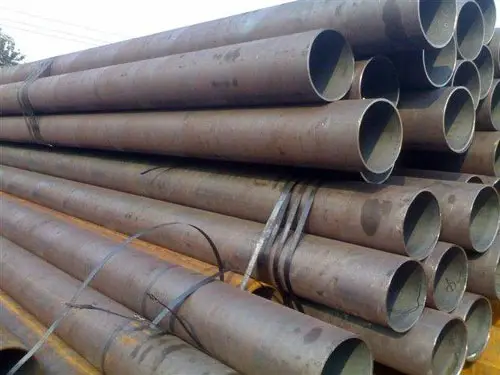
On November 7, the China Iron and Steel Association said that in October, affected by the country's steady growth policy measures, the market is expected to rise, and the release of steel production capacity remains at a high level, driving demand for iron ore and rising prices. The post-market will soon enter the low season of Q345C seamless steel pipe consumption, steel output will decrease, iron ore demand intensity will decline, and prices will not continue to rise, will be slightly fluctuating.




















